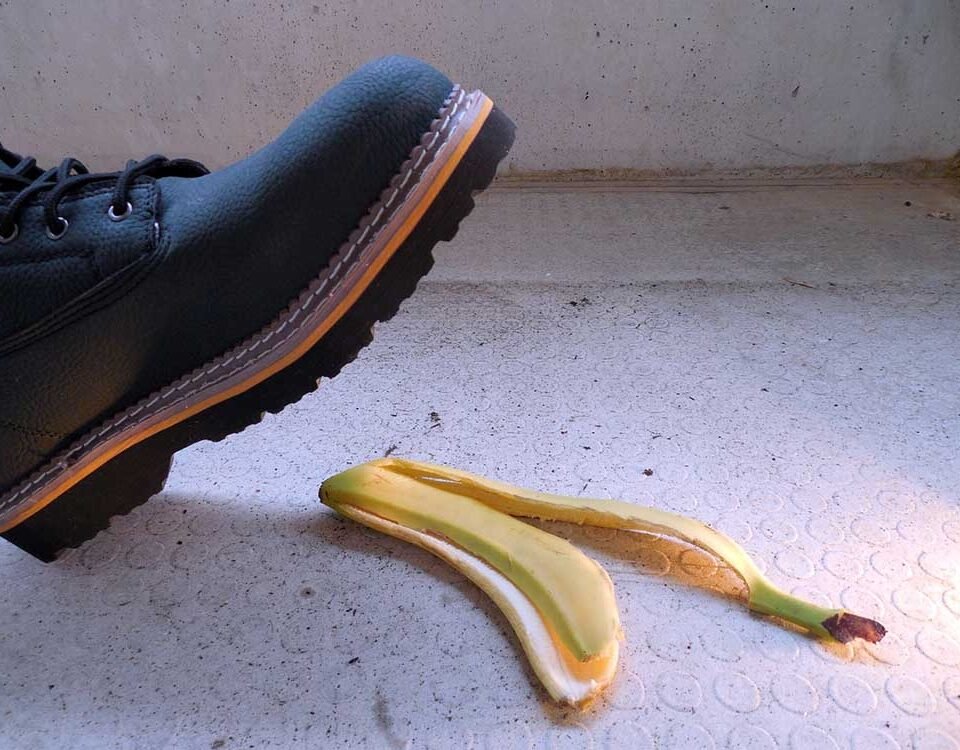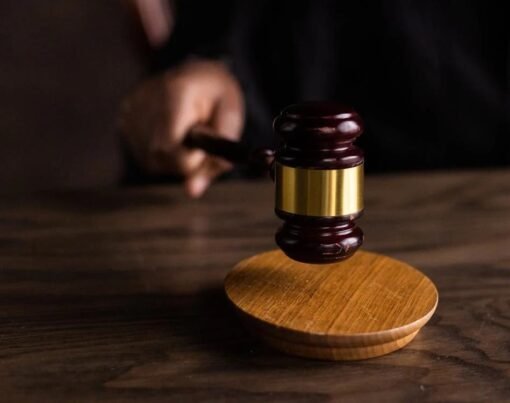Slip and fall accidents are common and can occur almost anywhere. At work, in a store, on the sidewalk, or even in someone’s home.
These accidents can cause serious injuries. If you have been injured in a slip-and-fall accident due to someone else’s negligence, you may be entitled to compensation for your injuries and other damages.
To have a successful slip-and-fall lawsuit, you must be able to prove that the other party was negligent. This means showing that they did not take reasonable measures to prevent your accident from happening. Let’s take a closer look at the role of negligence in slip and fall lawsuits and how you can prove fault.
Table of Contents
Proving Fault in Slip and Fall Lawsuits
To win a slip and fall case, you must prove that the property owner or another party was negligent. This involves establishing four elements:
Duty of Care
The first element is whether the property owner or other party had a duty to ensure your safety on their premises. In most cases, this duty of care is established by the fact that you were invited or allowed to be on their property.
Breach of Duty
The next step is to prove that the duty of care was breached. This means showing that the property owner or other party failed to take reasonable measures to prevent your accident, despite knowing or should have known about the hazardous conditions.
Causation
Once you establish a breach of duty, you must then prove that this breach caused your accident. This can be a challenging element to prove, as the other party may argue that your actions or negligence contributed to the accident.
Damages
Lastly, you must show that you suffered damages as a result of the accident. This includes physical injuries, medical expenses, lost wages, and pain and suffering.
Evidence to Prove Negligence
Proving negligence in slip and fall lawsuits requires solid evidence. This can include:
- Photographs or videos of the accident scene
- Witness statements
- Medical records and bills
- Expert testimony from professionals such as engineers or safety experts
It is essential to gather this evidence as soon as possible after the accident. It can be crucial in proving your case.
If you are unable to gather evidence yourself, consider hiring a personal injury attorney who can investigate on your behalf. View this personal injury lawyer.
Comparative Negligence
In some cases, the other party may argue that you were partially at fault for the accident. This is known as comparative negligence and can affect the amount of compensation you receive.
In states with a comparative negligence law, your compensation may be reduced by the percentage of fault assigned to you. For example, if the court determines that you were 20% at fault for the accident, your compensation may be reduced by 20%.
Win Your Slip-and-fall Lawsuit with this Guide
Proving negligence in slip and fall lawsuits is essential to have a successful lawsuit. With this guide, you can increase your chances of proving fault and receiving the compensation you deserve. If you have been injured in a slip-and-fall accident, consult with a personal injury attorney to discuss your legal options.
Is this article helpful? Keep reading our blog for more.










